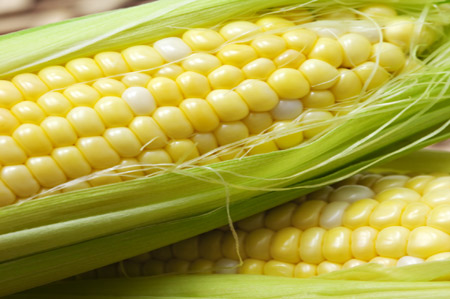 (AgWeek) – With prospects for lack-luster returns for corn and soybeans in 2015, some farmers in the region are thinking alternative crops could fit into a new, profitable future.
(AgWeek) – With prospects for lack-luster returns for corn and soybeans in 2015, some farmers in the region are thinking alternative crops could fit into a new, profitable future.
Farmer experts on food-grade soybeans, canola and sunflowers spoke on a panel at the Northern Ag Expo in Fargo, N.D., on Dec. 3. Attendance at the show was outstanding on the first day but tapered off the second day, officials said.
Kevin Capistran, a National Sunflower Association board member from Crookston, Minn., urged growers to consider sunflowers again or for the first time. Among other things, he said sunflower processing is done locally in the region, so farmers ship it to market on trucks and don’t have to worry about the vagaries of the railroad transportation system.
Capistran said Minnesota sunflower acres had fallen to about 25,000 and might now be up to 35,000 acres, and should be 50,000 or more going forward.
“Our own family had old sunflower history from the heyday when the acres were big,” Capistran said. “We had to get out in the 1990s because of too many diseases, too many reasons why we had to get out. We got back in 10 years ago and have had fabulous results since then.”Capistran grows NuSun oil sunflowers. NuSun is a popular sunflower type that is a mid-oleic, referring to the amount of oleic oil content.
“If my sunflower doesn’t work for the hulling market, it still has high oil content, it’s still valuable for the crush market,” he said. “And if it doesn’t work for that, it also works for bird food. There’s five market areas for sunflower and I have three of them covered.”Capistran said sunflowers have a built-in benefit in the marketplace because none of them have been bred with genetic modification technology.
Grow for a purpose
Robert Sinner, president of SB&B Foods of Casselton, N.D., which produces and processes food-grade soybeans for export and domestic markets, said food-grade soybean production accounts for about 7 to 10 percent of the soybean crop, which has expanded to 6 million acres.
“It’s a big opportunity, and a lot of growers are showing interest,” Sinner said. “One of the reasons is the downturn in the commodity prices. Another is the weed resistance issues. Another one, and the exciting part of it, is you have a lot of younger producers coming out of the universities that want to have a better connection to the consumers. They want to know, and they’re ambitious and want to know how their soybeans are being used.
”Since 2008, SB&B Foods has doubled its production, between processing plants in Casselton and Eau Claire, Wis. He says about 400,000 to 450,000 of North Dakota acres could be food-grade soybeans. Many of those acres are grown under contract but others are grown on the spot market.
Sinner thinks increasing demand for food-grade soybeans in countries like Japan and Malaysia will lead to a 10 percent increase in production in his company this year.
Local canola processing Ryan Pederson of Rolette, N.D., a grower board member for the Northern Canola Growers Association, and a former president of the organization, said his crop was just under 1.2 million acres in 2014, up from 2013, approaching the crop’s historic average.
Archer Daniels Midland processes canola in Velva and Enderlin in North Dakota, and the new Northstar Agri Indrustries plant in Hallock, Minn., is bringing in more of the crop. A plant recently reopened in Northwood, N.D., and Cargill is taking in canola in West Fargo, N.D. Pederson predicts canola acres will be stable in the coming year. Soybeans are competitive and have become prevalent, but he expects some new areas in the southwest part of the state to take off. “They’re getting some really good yields, and they’re not pushing their rotation (schedules) as hard as they are in, say, Cavalier County (N.D.),” he said. “I don’t see a lot of growth overnight, but I expect to see some in the northern Red River Valley because American Crystal Sugar Co. this fall has withdrawn concerns about getting canola in the sugar beet rotation. They no longer have those concerns.”




